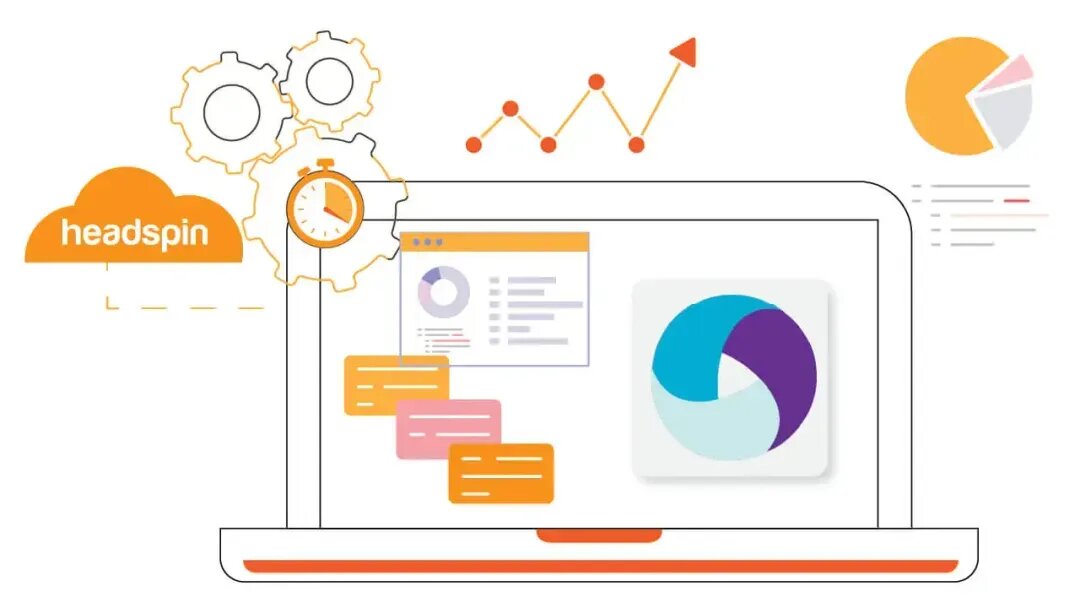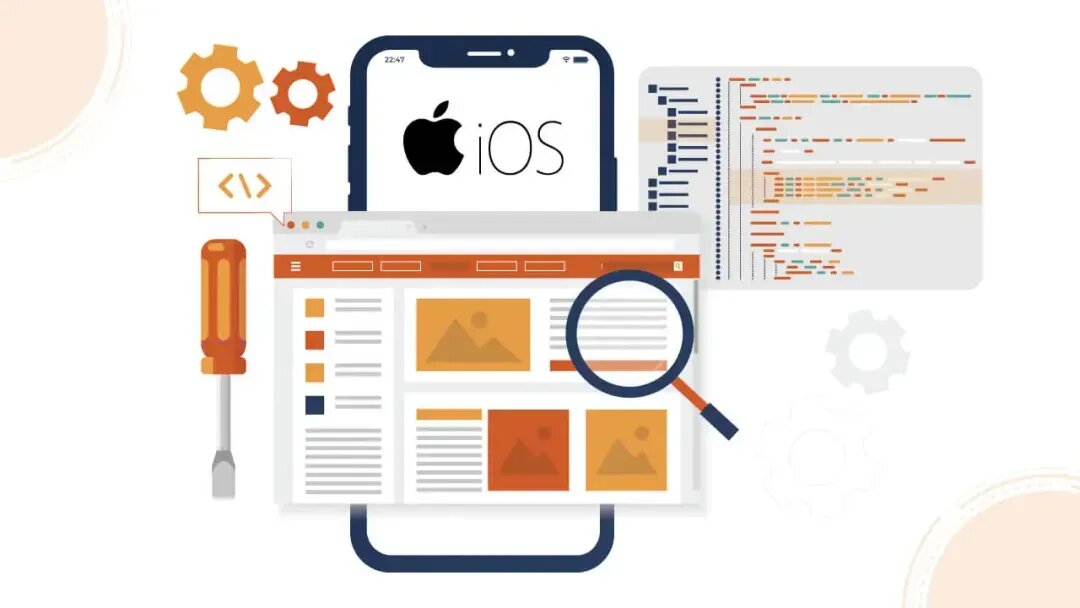In recent years, deep learning has emerged as one of the most exciting and powerful technologies in the field of artificial intelligence (AI). With its ability to analyse massive amounts of data and learn from it, deep learning has the potential to revolutionise the way businesses operate. In this blog, we’ll explore what deep learning is and how it can help your business.
What is Deep Learning?
Deep learning is a type of machine learning that involves training artificial neural networks to learn from data. These networks are composed of layers of interconnected nodes, each of which performs a mathematical operation on its input and produces an output. Through a process of trial and error, the network learns to adjust the weights of its connections to produce the desired output.
Deep learning is particularly effective at analysing large, complex datasets. By processing vast amounts of data, deep learning algorithms can identify patterns and make predictions that are beyond the capabilities of human analysis. This makes deep learning well-suited to a wide range of applications, including image recognition, speech recognition, natural language processing, and predictive analytics.
Deep Learning vs Machine Learning:
The main difference between deep learning and machine learning is the complexity of the algorithms. Deep learning algorithms are more complex than traditional machine learning algorithms because they simulate the function of the human brain. Deep learning algorithms require a lot of data and computing power to be effective, whereas traditional machine learning algorithms can work with smaller datasets and less computing power.
Another key difference is that deep learning algorithms can learn features automatically from data, whereas traditional machine learning algorithms require feature engineering to extract meaningful features from the data.
Deep learning is best suited for applications that involve large amounts of complex data, such as image or speech recognition. If you need to analyse unstructured data, such as audio or video, or make predictions based on data that is too complex for traditional machine learning algorithms, then deep learning may be the best choice.
Machine learning, on the other hand, is best suited for applications that involve structured data, such as financial or transactional data. If you need to make predictions based on structured data or identify patterns in data that is not too complex, then traditional machine learning algorithms may be sufficient.
How can Deep Learning help your business?
Deep learning has an enormous potential to revolutionize and completely transform many aspects of your business, from the way you carry out your operations to the quality of your customer service. With its ability to analyze massive amounts of complex data and identify patterns that might not be obvious to the human eye, deep learning can help businesses make data-driven decisions that can optimize their processes and improve their bottom line. Here are some of the key ways in which deep learning can help your business:
- Improved data analysis: Deep learning algorithms can analyse large, complex datasets more effectively than humans. By identifying patterns and trends in your data, you can gain insights into your business that were previously impossible to uncover.
- Enhanced decision-making: By using deep learning to analyse data, you can make better decisions that are based on data-driven insights. This can help you to optimise your business processes, reduce costs, and increase revenue.
- Predictive analytics: Deep learning can be used to predict future trends and outcomes. By analysing historical data, deep learning algorithms can make predictions about future events, such as sales trends or customer behaviour.
- Customer service: Deep learning can be used to improve customer service by analysing customer data and predicting customer needs. By understanding customer preferences and behaviour, you can personalise your services and improve customer satisfaction.
- Automation: Deep learning can be used to automate repetitive tasks, such as data entry or image classification. By automating these tasks, you can save time and reduce errors.
Also read: Explaining the Boolean data type in Python: an example.
Effective Deep Learning With CloudyML
Deep learning is a cutting-edge technology that has the potential to transform businesses across industries. By leveraging the power of artificial neural networks to analyse vast amounts of complex data, deep learning can help companies make data-driven decisions, optimise processes, and enhance customer experiences. This can help you to make better decisions, optimise your business processes, and improve customer satisfaction. If you’re looking to stay ahead of the competition, deep learning is a technology that you can’t afford to ignore. To reap the benefits of this powerful technology, it’s essential to have a strong foundation in deep learning with Python.
That’s where CloudyML’s Demystify Deep Learning with Python course comes in. This course is an excellent resource for anyone looking to gain practical experience with deep learning projects using Python. With comprehensive modules and hands-on exercises, students will gain a deep understanding of how to build and train artificial neural networks for a variety of applications. Whether you’re a seasoned data scientist or just starting, CloudyML‘s Demystify Deep Learning with Python course is a great investment in your professional development.
So, if you’re ready to take your skills to the next level and leverage the power of deep learning for your business, be sure to check out CloudyML’s Deep Learning with Python course. You won’t regret it!


 Business1 year ago
Business1 year ago
 Tips & Tricks2 years ago
Tips & Tricks2 years ago
 Law1 year ago
Law1 year ago
 Technology2 years ago
Technology2 years ago
 Lifestyle1 year ago
Lifestyle1 year ago
 Tech1 year ago
Tech1 year ago
 Technology2 years ago
Technology2 years ago
 Business1 year ago
Business1 year ago












